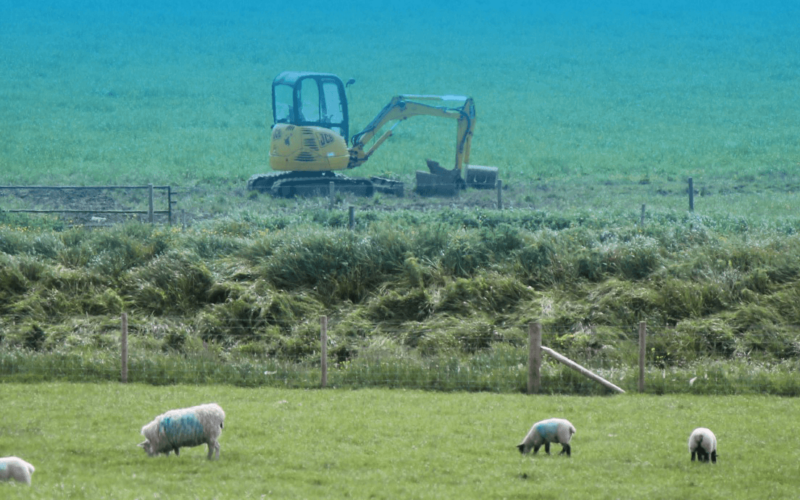Are drains running and all the drain outfalls clear of debris? Are there any special problems on the farm e.g. iron ochre, peat, trees near the outlet points – these will need attention. If you don’t already, it’s worth noting the position of any existing drainage systems on to a map of your farm, creating a farm drainage plan.
Broken, blocked or unserviceable drains can create wet and waterlogged areas. These could impede crop or grass growth, delay livestock turnout/harvest, provide habitat for mud snails (transmitting liver fluke) and increase the risk of compaction and soil loss from your land. According to AHDB, the most common cause of drainage system deterioration is the failure to keep outfalls clear. This can cause the whole drainage system to fail, resulting in poor drainage, pipe siltation and possibly even blow holes across the field over time.

